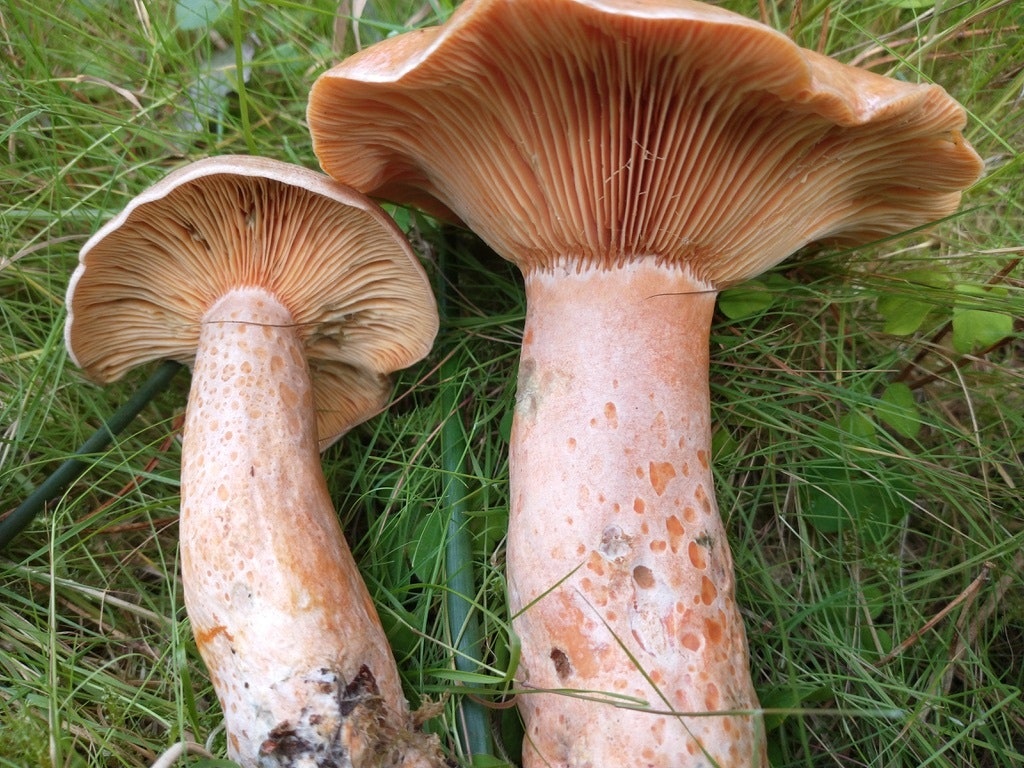Planting forests while growing protein-rich food seems like a win-win, so are there any potential drawbacks? Lynne Boddy, professor of fungal ecology at Cardiff University, believes that mycoforestry “absolutely” has the potential to produce significant food crops while sequestering carbon. However, she advocates for “huge care” in doing so. “To my mind, whenever we inoculate anything, it has to have local provenance,” she says of the fungi. “There’s the worry of an invasive genotype if it comes from elsewhere. Even if it comes from Britain, and you’re just planting the same thing in an area there’s a worry of diluting the gene pool. You’re also likely to decrease local species diversity.”
Thomas says these are valid questions, but points out that this project is focused on using fungal species native to the planting area, and with less aggressive strains than those already currently inoculated by many nurseries to encourage tree growth—although he acknowledges there could be potential for another company to look to use some form of genetic modification in the future, which would require regulatory approval.
There’s also the question of what happens to the trees. If they are left standing or produce timber that’s used as a building material, then that draws down carbon from the atmosphere for the long haul. But if the wood ends up decomposing or being burned—as is often the case with Christmas trees—then much of the carbon drawn down could end up back in the atmosphere. Even so, this cycle would still produce protein with a low net carbon footprint.
This process could make future Christmas trees more sustainable, Jump believes. The conventional way of growing Christmas trees is “quite an inefficient system, if you look at it from the carbon perspective,” he says. “You might be soaking up the carbon into the tree, but then you’re trashing the trees after Christmas. Getting the fungi associated with the Christmas trees is actually quite a nice way to reduce the carbon impact.”
A milk cap mushroom.Courtesy of Mycorrhizal Systems Ltd.
But the main question has to be, how do the mushrooms taste? “Amazing,” says Thomas. Some of their common names suggest their flavor and appearance, including the “delicious milk cap” and—Jump’s favorite—“penny buns.” “They’re just so cute,” he explains. But Thomas won’t be drawn into choosing a favourite. “I love all of them,” he says, laughing. “There’s too many really cool ones.”

